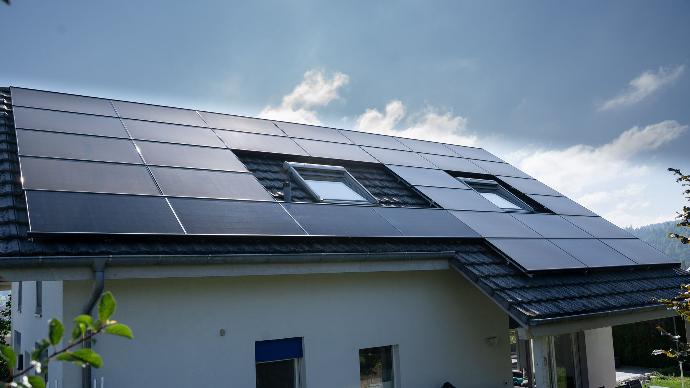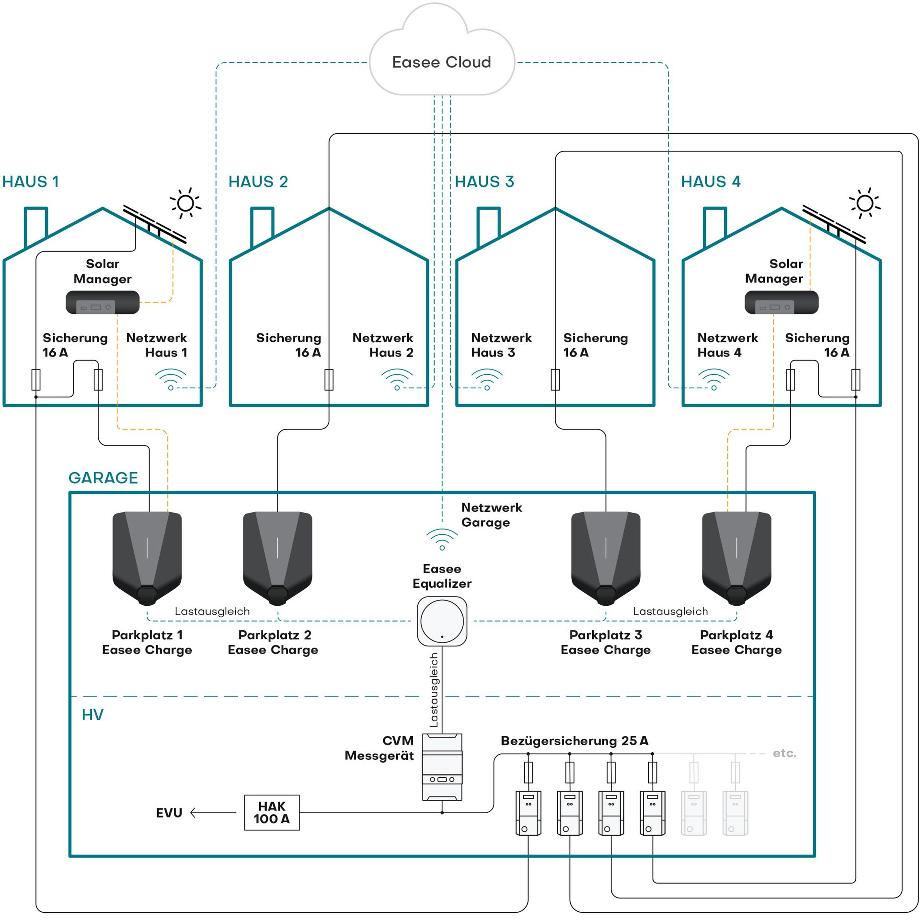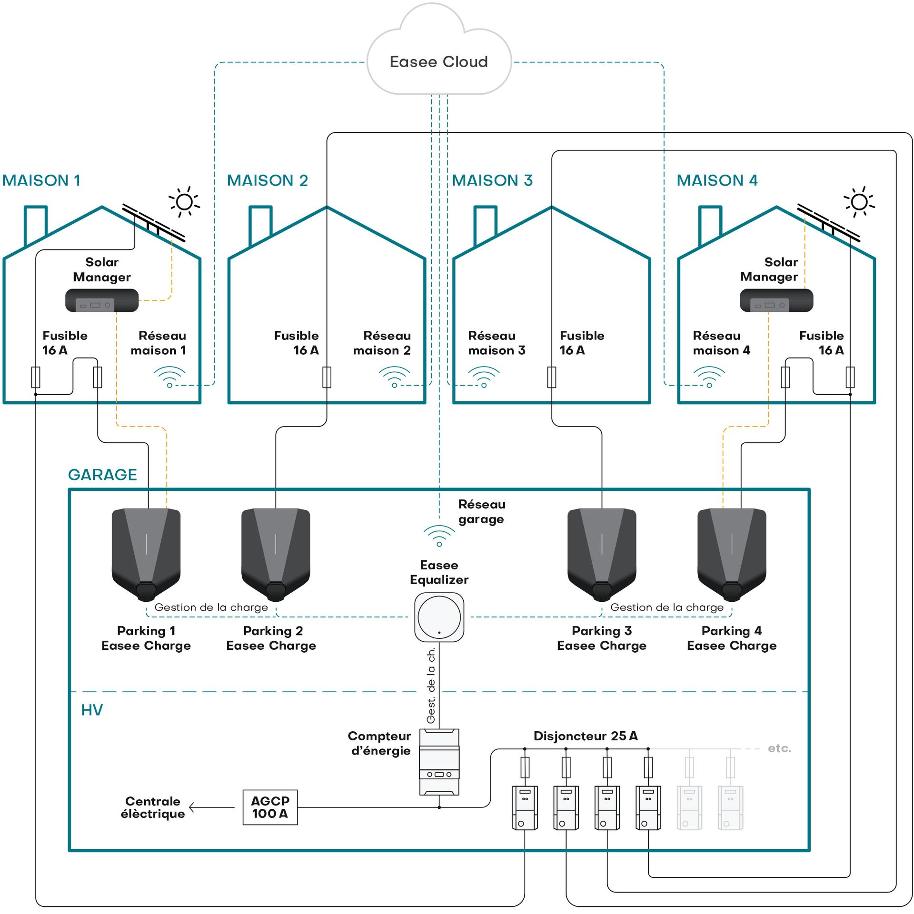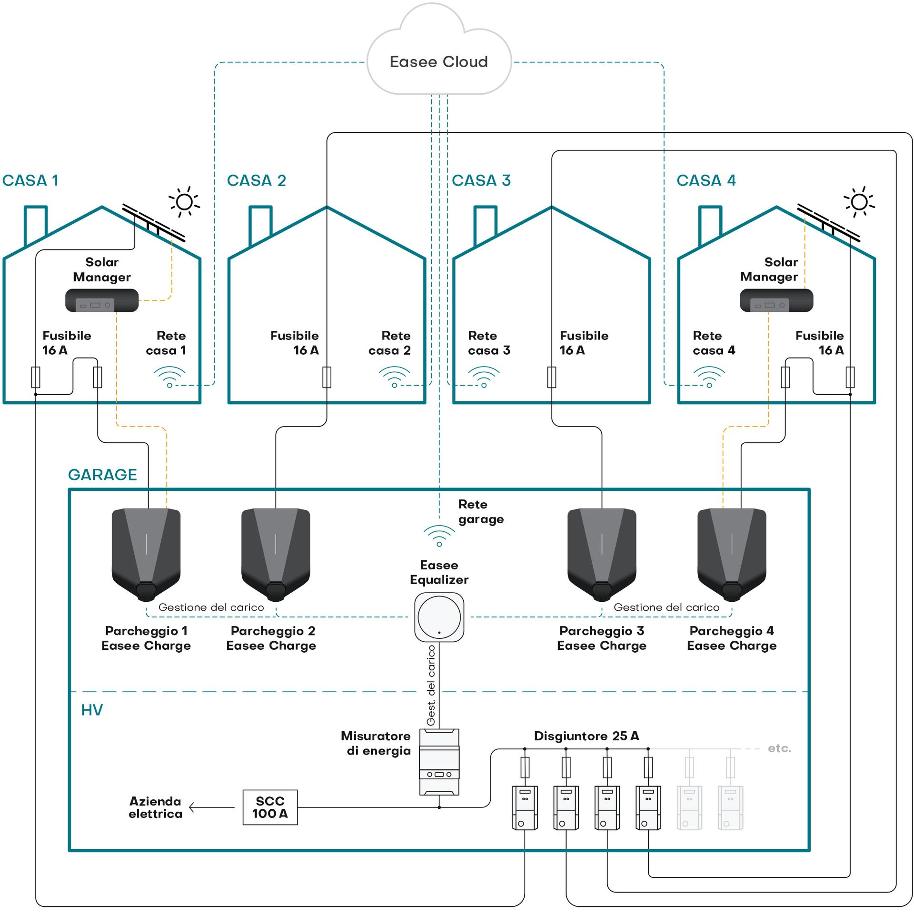Could it become as legendary as Mario and Luigi or Batman and Robin? Probably not entirely, but electromobility and photovoltaics certainly have the potential to become an iconic duo in the energy transition. This article explains why this is the case and what needs to be considered for the duo to fully leverage their advantages.

Something is happening on the roofs and streets of Switzerland! Our country is witnessing an impressive surge in renewable energies and electromobility. According to the industry association Swissolar, the installed photovoltaic capacity in 2023 increased by almost 40% or 1500 MW from the previous year to 6200 MW. According to statistics from the Federal Roads Office (ASTRA), the number of plug-in vehicles (pure electric cars and plug-in hybrids) on Swiss roads increased by 30.1% in the same period. These record numbers highlight the growing trend towards sustainable energy production and mobility. The parallel development of these two trends is no coincidence.
Photovoltaics and Electromobility:
A Match Made in Heaven.
The Achilles heel of photovoltaics is obviously its dependence on weather conditions. The production of PV electricity undergoes significant fluctuations, as it relies on solar irradiance. Especially in our latitudes, the range is enormous. While in the winter months, the energy supply from the sun is lower and less electricity can be produced, the question arises on sunny days about how the surplus electricity from the PV system can be used effectively. Feeding it back into the grid remains financially not a particularly attractive option despite recently increased feed-in tariffs. Ideally, therefore, the surplus electricity should be used within the household.
Hence, the goal is to increase self-consumption - as many consumers as possible within the household should be powered with the self-produced electricity. While smaller consumers are less significant overall, the large consumers such as heat pumps, electric boilers, or electric cars open welcome opportunities to significantly increase self-consumption and thus reduce electricity costs.
A valuable combination.
Charging the battery of an electric car with PV electricity is sensible for several reasons:
-
Your mobility becomes more environmentally friendly. If the electric car can be charged with electricity from your own roof instead of electricity from non-renewable sources, the environmental balance is optimized.
-
The battery capacity of electric cars is large. So large, in fact, that even the batteries of small cars significantly exceed the usual capacity of stationary battery storage for single-family homes. This makes electric car batteries predestined to store surplus electricity from the PV system.
-
The PV system is amortized faster. Every kilometer driven with one's own PV electricity accelerates the amortization of the costs of the PV system. The currently increased electricity prices reinforce this effect even further.
What is needed for Successful Integration?
For the aforementioned duo of PV and electromobility to fully exploit its qualities, besides intelligent solar control, it is crucial to have a smart charging station that possesses interfaces for communication between the charging station and solar control, thereby enabling solar charging in the first place.
Two interfaces are central in practice: OCPP and API. The great advantage of the API interface is the ability to integrate several third-party systems simultaneously. This means that, in addition to solar regulation, for example, load management and a payment service provider can also access the charging station. If the charging station only has an OCPP interface, one must choose one system to integrate. While an OCPP interface often suffices for single homes, API integration is usually the better choice for charging infrastructures in underground garages, as, in addition to solar charging, load management and/or billing are important.
Absolutely essential for surplus charging optimized for self-consumption is that the charging station can switch between single and three-phase charging, thus adjusting its charging power according to the available PV electricity. For instance, Easee charging robots have such phase switching and can thus begin charging at 1.4kW in the sunny morning hours and gradually increase the power with increasing solar irradiance, while three-phase charging stations without phase switching can only start solar charging from 4.2kW. Unfortunately, this means that over 2.8kW of solar power is lost.
Solar Charging for Single-Family Homes with a Shared Underground Garage.
If it's a single-family home with a PV system and its own individual garage, implementing solar charging is comparatively easy. However, sometimes several single-family homes, which have individually installed a PV system, share a common underground garage as well as a common main fuse, from which the electricity for the settlement is drawn and then distributed among the individual homes.
This requires, on one hand, a common load management among the charging stations in the underground garage to prevent overloading the common connection of the homes, and on the other hand, individual charging stations should be coupled with the associated PV system. To elegantly solve this scenario, it needs:
-
A charging station that is connected for the use of solar electricity behind the single-family home meter but can still be integrated into load management among all charging stations in the underground garage.
-
A system where the charging station in the underground garage and the associated PV system do not have to be in the same network to enable solar charging.
In this scenario, the Easee charging system convinces: Thanks to the Cloud API, the charging station in the network of the underground garage can be easily linked with the associated Solar Manager, even though it is usually in the network of the single-family home. Furthermore, thanks to the intelligence of the Easee system, it is possible to manage charging stations in the group and balance the load with the main fuse of the settlement, even though they are installed behind the individual single-family home meters. Thanks to this setup, owners of PV systems can also charge PV-optimized in a shared underground garage and benefit from their self-produced electricity without the risk of triggering the main fuse or house fuses.
Comprehensive Energy Management.
Wer den Eigenverbrauch maximieren will, dem sei ans Herz gelegt, sich mit den verfügbaren
Energiemanagement-Lösungen
auseinanderzusetzen, bei welchen neben Ladestationen auch weitere Verbraucher wie z.B. Elektroboiler, Wärmepumpen oder Batterie integriert und angesteuert werden. Zu berücksichtigen ist, dass ein System gewählt wird, das die Steuerung einer Vielzahl verschiedener Verbraucher und Brands ermöglicht, so wie dies zB. der Solar Manager unterstützt, da der Gesamtwirkungsgrad des Systems so viel besser maximiert wird, als wenn mehrere unabhängige Lösungen isoliert voneinander arbeiten.
The car as a mobile battery storage?
When considering the large storage capacity of the batteries of electric cars, the topic of bidirectional charging inevitably comes up. The concept is tempting - why not use the much larger storage in the car instead of a stationary battery storage? However, although there are already functional bidirectional charging solutions for home use today, they have not yet established themselves for various reasons: Necessary software interfaces are often not yet available on both the car and charging station sides, and while practically all current models of electric cars cannot bidirectionally charge AC due to the lack of an inverter, in the DC area, both the price of the charging station and the efficiency are economically far from attractive enough.
Solar charging as the new standard - practical tips.
Today, the vast majority of new PV projects already include electromobility in the planning. The reasons for this were illuminated in this article. Finally, three practical tips on the topic of solar charging:
-
An intelligent charging station is essential for successful solar charging.
-
It is a prerequisite that the charging station has OCPP and/or API interfaces to enable integration into third-party systems.
-
The ability to switch phases is a must: Only with it can you maximize the use of self-produced solar electricity.
-
Optimization of self-consumption significantly accelerates the amortization of PV investments. Therefore, where sensible, integrate other consumers into the energy management as well.
-
Analyze the situation and plan ahead to avoid subsequent adjustments. Single-family home, multi-family home, single-family homes with a shared underground garage, garage boxes, self-consumption communities... no project is like another. simplee can offer support in planning.
Electromobility and PV go hand in hand today. How the development will continue in the coming years remains exciting to watch. We are currently experiencing a fascinating transformation of the energy landscape in real-time. That electromobility contributes such a large part to the energy transition would have been hard to imagine 20 years ago. However, what is becoming increasingly clear is that this development gives the charging infrastructure a huge importance. It is about to become for the energy landscape what the Batmobile is to Batman or overalls are to Mario: indispensable.
Become a part of
the solution.
Are you curious about simplee's solutions? Then become a partner here and let's start together.



